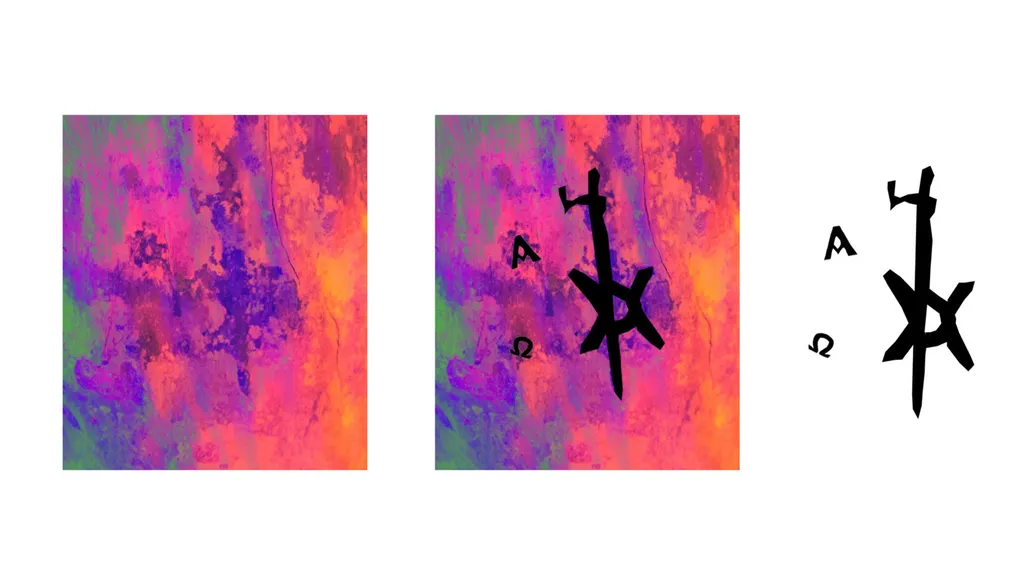'Christ' tattoo discovered on 1,300-year-old body in Sudan
Owen Jarus, LiveScience, 21/10/23Scientists in Sudan have discovered a tattoo with references to Jesus Christ on a 1,300-year-old body excavated in a cemetery near a medieval monastery.
It is only the second time that a tattoo has been found from medieval Nubia, the Polish Centre of Mediterranean Archaeology (PCMA) at the University of Warsaw, whose members are conducting excavation and research at the site, known as Ghazali, said in a statement. Nubia is a region that encompasses parts of modern-day Egypt and Sudan.
Found on the right foot of an individual, who is likely a man, the tattoo has what scholars call the "Chi-Rho" symbol, along with the Greek letters alpha and omega, the statement said.
The Chi-Rho symbol combines the Greek letters "chi" and "rho" to form an abbreviation for Christ, the statement said, noting that this abbreviation debuted around A.D. 324, when Constantine became emperor of the Roman Empire. The letters alpha and omega are the first and last letters of the Greek alphabet and represent the Christian belief that God is the beginning and end of everything, the statement said.
The tattoo's location on the right foot is intriguing, as Christ may have had a nail driven through this spot during his crucifixion, Robert Stark, a bioarchaeologist with PCMA, and Kari Guilbault, a bioarchaeologist who studies tattooing practices at Purdue University in Indiana, told Live Science in a jointly written email. Stark and Guilbault are part of the team that discovered and analyzed the tattoo.
While the tattoo indicated that the individual was Christian, it's unclear if they were a monk, Stark and Guilbault said. The individual wasn't buried in the same cemetery as the monastery's monks but rather in a burial ground that may have been used by people from nearby communities, Stark and Guilbault said.
Radiocarbon dating indicates that the person lived sometime between 667 and 774. At this time, Christianity was the main religion in the region and thus "very common," Stark and Guilbault said. The individual was likely between 35 and 50 years old when they died.
The body was found in excavations conducted in 2016, "but the tattoo has only just come to light with additional recent post-excavation analyses and full spectrum photography," Stark and Guilbault said.
Excavations were conducted at Ghazali between 2012 and 2018 by a Polish-Sudanese team led by Artur Obłuski, a professor of archaeology at the University of Warsaw. Analyses of the finds are ongoing.
With thanks to our respected community member Mrs. Commenter for providing the link to the article @Commenter923



No comments:
Post a Comment
Stick to the subject, NO religion, or Party politics